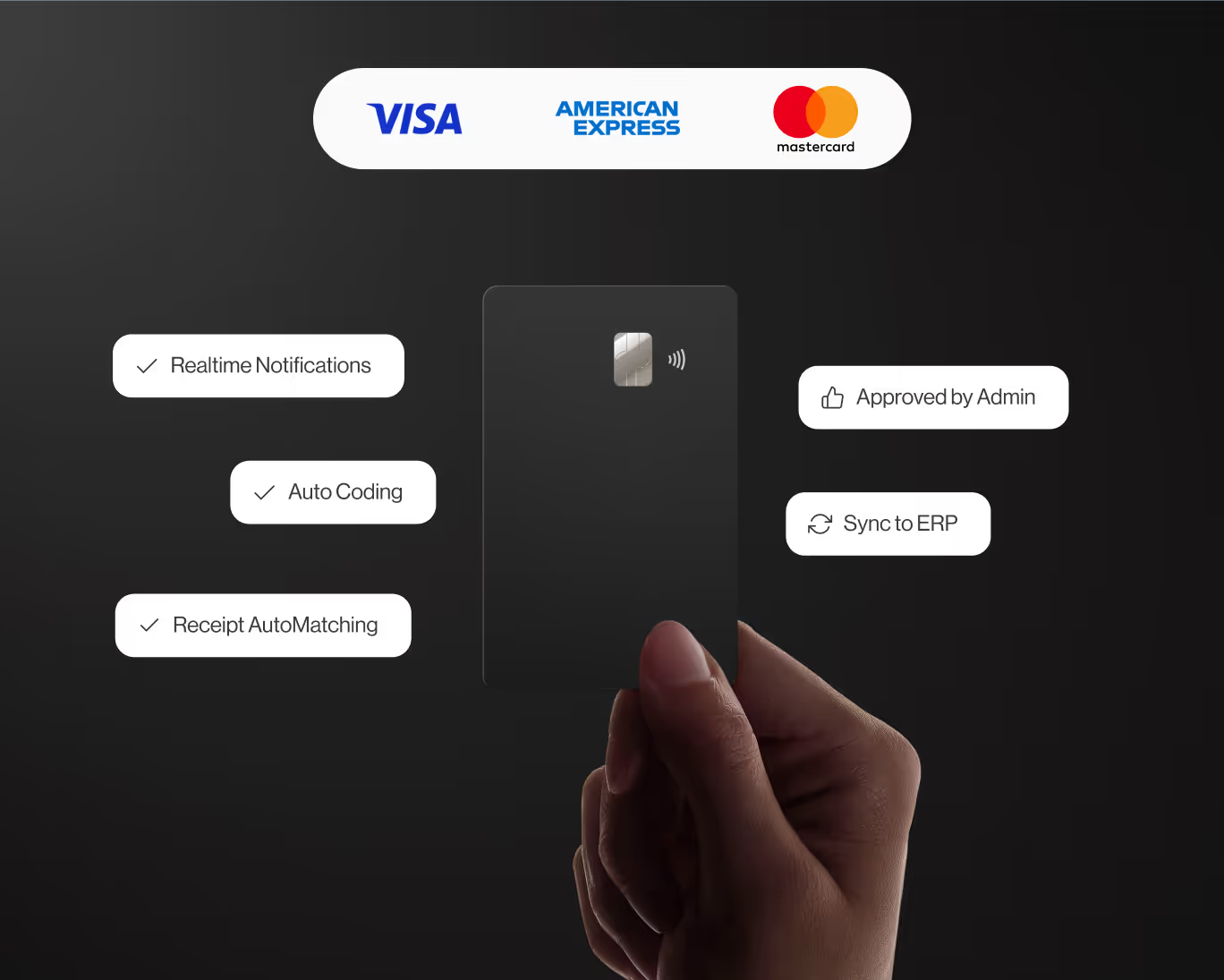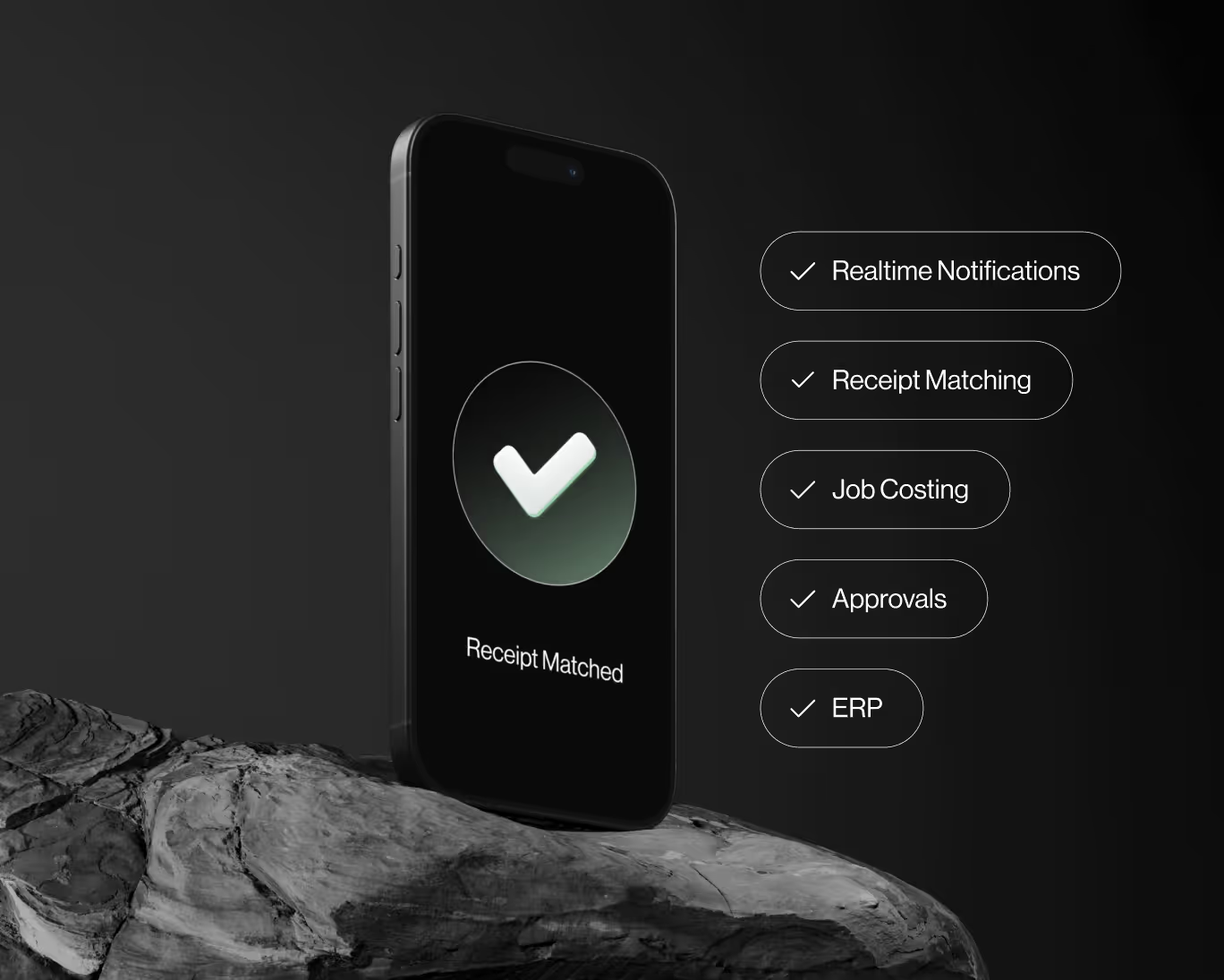Accounts Receivable Forecasting in the Construction Industry
In the dynamic realm of construction, where cash flow is the lifeblood of projects, effective financial management is crucial. Accounts Receivable (AR) forecasting emerges as a vital tool, providing construction companies with insights into future cash inflows and helping them navigate the complexities of billing cycles. Let's explore what accounts receivable forecasting means in the context of construction and why it is pivotal for financial success.
Accounts Receivable (AR) represents the money owed to a construction company by its clients for services or goods provided. AR forecasting is the process of estimating future collections from these outstanding invoices. In an industry where projects often operate on a phased billing system, accurate AR forecasting is instrumental in maintaining healthy cash flow and ensuring the financial stability of a construction business.
Construction projects typically involve multiple phases, each with its own set of deliverables and payment milestones. AR forecasting allows companies to anticipate when payments are likely to be received, providing visibility into their future liquidity. This foresight is crucial for planning operational expenses, managing working capital, and strategically allocating resources across various projects.
One of the key benefits of AR forecasting in construction is its role in reducing financial uncertainty. By projecting when payments will be received, construction companies can identify potential gaps in cash flow and implement strategies to bridge those gaps. This proactive approach enhances financial stability and minimizes the risk of cash flow disruptions that could impact project timelines and relationships with suppliers and subcontractors.
AR forecasting also aids in improving the accuracy of financial planning and budgeting. Construction projects often have tight profit margins, and any delays in cash inflows can have cascading effects on a company's ability to meet its financial obligations. By incorporating AR forecasting into financial models, construction professionals can make more informed decisions and adjust strategies to optimize cash flow throughout the project lifecycle.
The process of AR forecasting involves analyzing historical payment patterns, understanding the terms of contracts, and considering external factors that may impact client payment behavior. Construction companies can use financial software and tools to automate this process, allowing for more efficient and accurate forecasting. Regularly updating AR forecasts as project dynamics change ensures that companies have real-time visibility into their cash position.
For construction companies engaging in long-term projects, AR forecasting becomes even more critical. Extended project timelines can lead to prolonged payment cycles, and accurate forecasting becomes essential for managing ongoing operational costs. It enables companies to negotiate favorable payment terms with suppliers, optimize working capital, and maintain positive relationships with stakeholders.
Effective communication with clients is another key aspect of successful AR forecasting in construction. Clearly outlining payment terms, invoicing schedules, and expectations at the beginning of a project can help mitigate payment delays. Regular communication throughout the project ensures that both parties are aligned, reducing the likelihood of disputes and facilitating timely payments.
Despite its benefits, AR forecasting in construction does come with challenges. The industry is often influenced by external factors such as economic downturns, regulatory changes, and unforeseen project delays. These uncertainties can impact client payment behavior and make accurate forecasting more challenging. Construction companies must stay agile and be prepared to adjust their forecasts based on changing circumstances.
In conclusion, accounts receivable forecasting is a cornerstone of financial management in the construction industry. By providing visibility into future cash inflows, it empowers construction companies to navigate the intricate landscape of billing cycles, optimize cash flow, and make informed financial decisions. As construction projects become more complex and diverse, the role of AR forecasting becomes increasingly pivotal for ensuring the financial health and success of construction businesses.
In conclusion, accounts receivable forecasting is a cornerstone of financial management in the construction industry. By providing visibility into future cash inflows, it empowers construction companies to navigate the intricate landscape of billing cycles, optimize cash flow, and make informed financial decisions. As construction projects become more complex and diverse, the role of AR forecasting becomes increasingly pivotal for ensuring the financial health and success of construction businesses.










